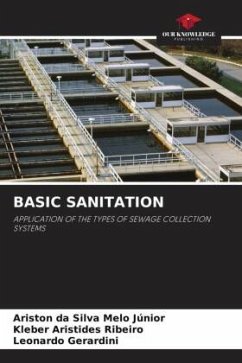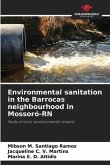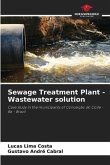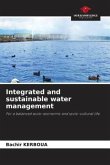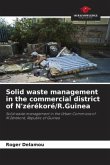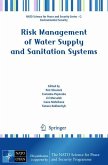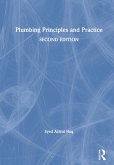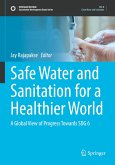In this book we will deal with sewage systems that aim to remove, as quickly as possible, the waste water and residues that can be harmful to the environment and, consequently, to human health, from the dwellings and the precincts of inhabited areas. This operation becomes all the more necessary, the denser the population, and all the more complex, the more widespread it becomes. The waste of physiological or industrial origin pollutes the air, contaminates the soil by infiltration, and this in turn contaminates the subsoil waters. Thousands of pathogens are disseminated, offensive to the health of populations not provided with the means and resources to defend themselves. It is then that the sanitary mechanisms developed by engineering intervene to remove the waste by dry means (sweeping and removal of dust in homes and on public roads) and by wet means, using water as a carrier agent, giving rise to the hygienic-technical problem of sewage.

